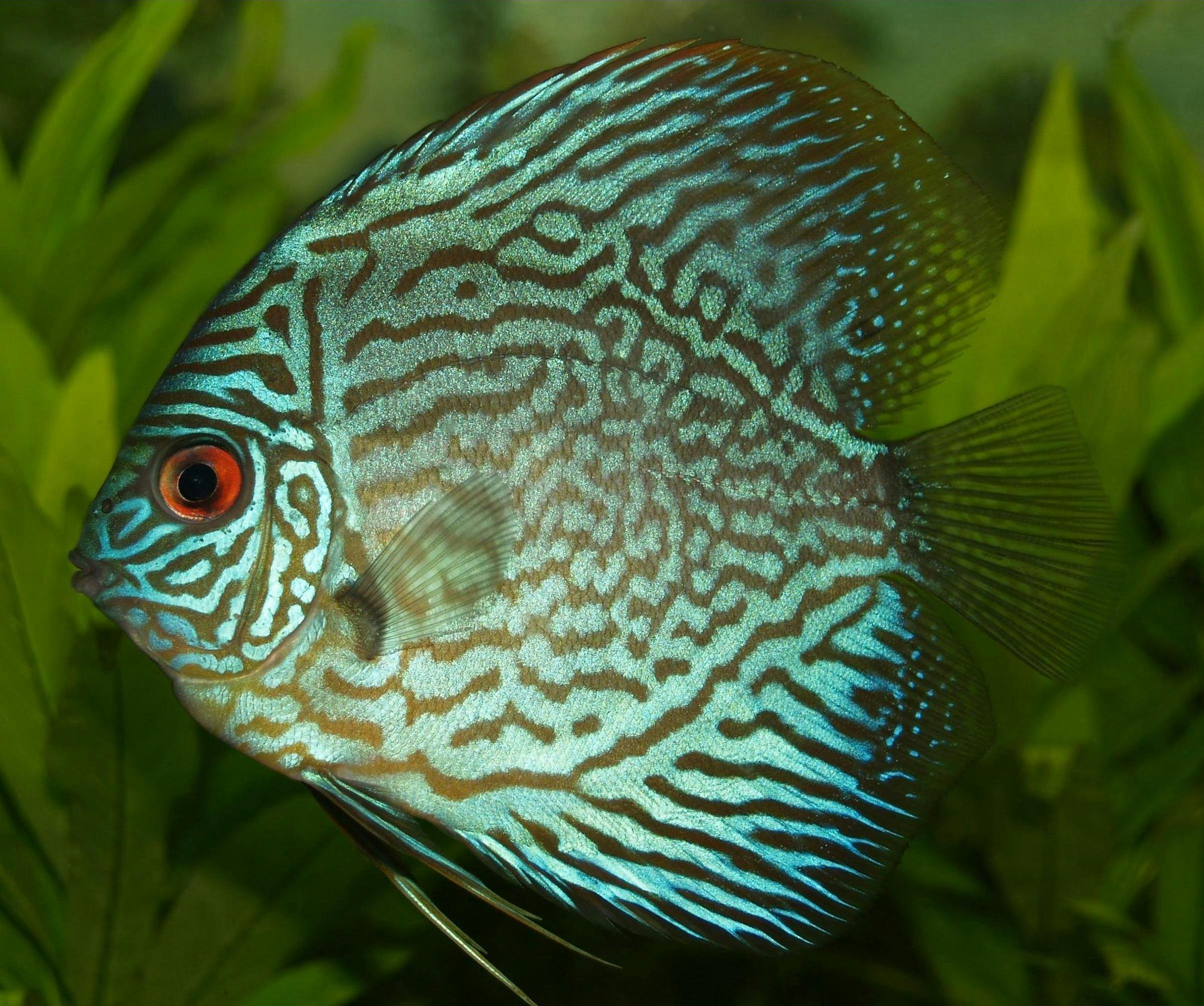Quantum biology is emerging from theoretical speculation into tangible reality, bridging the microscopic quantum realm with living systems through revolutionary synthetic approaches.
🔬 The Quantum Leap: Where Physics Meets Biology
For decades, scientists dismissed the possibility that quantum mechanics could play a significant role in biological processes. The warm, wet, and noisy environment of living cells seemed fundamentally incompatible with the delicate quantum phenomena observed in physics laboratories. However, mounting evidence has shattered this assumption, revealing that nature has been harnessing quantum effects for billions of years.
Quantum biology explores how subatomic particles behave within biological systems, investigating phenomena such as quantum coherence, tunneling, and entanglement in living organisms. What once seemed impossible is now becoming the foundation for synthetic systems that could revolutionize medicine, computing, and energy production.
The convergence of quantum mechanics and synthetic biology represents one of the most exciting frontiers in modern science. Researchers are no longer content with merely observing quantum effects in nature; they’re engineering synthetic systems that deliberately exploit these phenomena to achieve capabilities beyond conventional biological or artificial systems.
⚡ Natural Quantum Phenomena: Nature’s Blueprint
Before creating synthetic quantum biological systems, scientists studied how nature already employs quantum mechanics. These discoveries have provided the templates for revolutionary technological applications.
Photosynthesis: The Original Quantum Computer
Plants and photosynthetic bacteria perform one of nature’s most remarkable quantum tricks during photosynthesis. When light strikes a photosynthetic complex, energy doesn’t simply hop from one molecule to another. Instead, it exists in multiple places simultaneously through quantum coherence, allowing the system to test all possible pathways before selecting the most efficient route to the reaction center.
This quantum coherence occurs at room temperature in a wet biological environment, achieving nearly 100% energy transfer efficiency. The implications are staggering: if we can replicate this mechanism in synthetic systems, we could create ultra-efficient solar panels, quantum computers that operate at room temperature, and energy transfer systems that waste virtually nothing.
Avian Navigation: Quantum Compass in Living Tissue
Migratory birds possess an extraordinary ability to sense Earth’s magnetic field, and quantum mechanics appears to be their secret. Cryptochromes in bird retinas contain pairs of electrons that become quantum entangled when struck by blue light. The Earth’s magnetic field influences these entangled electrons, creating chemical signals that birds can detect.
This biological magnetoreception demonstrates that quantum entanglement can persist in warm, complex biological systems long enough to influence behavior and decision-making.
Enzyme Catalysis: Tunneling Through Barriers
Enzymes catalyze biochemical reactions with remarkable speed and specificity, and quantum tunneling plays a crucial role. Protons and electrons can tunnel through energy barriers that would be insurmountable in classical physics, dramatically accelerating reactions essential for life.
Understanding and replicating this quantum tunneling in synthetic systems could lead to designer catalysts that perform chemical reactions with unprecedented efficiency and selectivity.
🧬 Engineering Quantum Biology: Synthetic Approaches
The transition from observing natural quantum biological phenomena to engineering synthetic systems represents a monumental scientific achievement. Researchers worldwide are developing innovative approaches to harness quantum effects in controlled, designed environments.
Quantum-Enhanced Biosensors
Scientists are creating synthetic biosensors that exploit quantum phenomena to detect biological molecules with unprecedented sensitivity. These sensors use quantum dots, nitrogen-vacancy centers in diamonds, and other quantum systems coupled with biological recognition elements.
Such biosensors can detect single molecules, identify cancer biomarkers at extremely early stages, and monitor cellular processes in real-time with minimal invasiveness. The medical implications are profound, potentially enabling disease detection years before symptoms appear.
Synthetic Photosynthetic Systems
Researchers have constructed artificial light-harvesting complexes that mimic and even improve upon natural photosynthesis. These synthetic systems incorporate quantum coherence principles discovered in natural photosynthesis but use engineered molecules and scaffolds optimized for specific applications.
Some synthetic photosynthetic systems achieve energy conversion efficiencies exceeding 40%, far surpassing conventional solar panels. Others are designed to produce hydrogen fuel directly from sunlight and water, offering a potential solution to renewable energy storage challenges.
Quantum-Biological Hybrid Computers
Perhaps the most ambitious application involves creating hybrid systems that combine biological components with quantum computing elements. DNA molecules, with their information-encoding capabilities and self-assembly properties, are being integrated with quantum bits (qubits) to create computational systems that blend biological flexibility with quantum processing power.
These hybrid systems could solve optimization problems currently intractable for either conventional or purely quantum computers, with applications ranging from drug discovery to climate modeling.
🚀 Breakthrough Applications Transforming Industries
The practical applications of quantum biology in synthetic systems are rapidly moving from laboratory curiosities to commercially viable technologies that promise to transform multiple industries.
Precision Medicine and Targeted Therapeutics
Quantum-biological approaches are revolutionizing drug design and delivery. Researchers are engineering quantum-sensitive molecular systems that respond to specific biological environments, enabling drugs to activate only at disease sites while remaining inert elsewhere in the body.
Quantum tunneling is being exploited to design drugs that can penetrate cellular barriers more effectively, while quantum coherence principles inform the development of contrast agents that provide unprecedented resolution in medical imaging.
Early clinical trials of quantum-enhanced therapeutics show promising results in cancer treatment, with targeted delivery systems achieving tumor-cell specificity rates exceeding 95% while minimizing damage to healthy tissue.
Ultra-Efficient Energy Systems
The energy sector stands to benefit enormously from quantum biological principles applied to synthetic systems. Beyond improved solar panels, researchers are developing quantum-biological batteries that store energy using mechanisms inspired by biological energy storage but engineered for enhanced capacity and faster charging.
Synthetic quantum-biological catalysts are being designed for more efficient fuel cells, carbon capture systems, and chemical manufacturing processes that could dramatically reduce industrial energy consumption and environmental impact.
Advanced Materials with Living Properties
Scientists are creating self-healing materials that use quantum-biological principles to detect and repair damage autonomously. These materials incorporate synthetic biological components that sense structural defects and trigger repair mechanisms at the molecular level.
Other quantum-biological materials can adapt their properties in response to environmental conditions, changing color, strength, or conductivity through quantum-controlled biological switches. Such materials could revolutionize construction, aerospace, and consumer electronics.
⚙️ Technical Challenges and Innovative Solutions
Despite remarkable progress, significant challenges remain in developing robust quantum-biological synthetic systems that function reliably outside controlled laboratory conditions.
Decoherence: The Quantum Fragility Problem
Quantum states are notoriously fragile, easily disrupted by environmental noise and thermal fluctuations. While nature has evolved sophisticated mechanisms to protect quantum coherence, replicating these protections in synthetic systems remains challenging.
Researchers are addressing this through several innovative approaches. Some teams are developing synthetic protein scaffolds that shield quantum-sensitive components from environmental disturbances, mimicking natural protective structures but with enhanced stability. Others are exploring topologically protected quantum states that resist decoherence through their fundamental mathematical properties.
Scalability and Manufacturing
Creating quantum-biological systems one at a time in research laboratories is very different from manufacturing them at industrial scale. The biological components require precise control over molecular assembly, while quantum elements demand extreme purity and structural perfection.
Advances in synthetic biology techniques, such as cell-free protein synthesis and directed evolution, are being combined with nanotechnology manufacturing methods to develop scalable production approaches. Some companies are already piloting commercial-scale production of simpler quantum-biological hybrid systems.
Integration with Existing Technologies
For quantum-biological synthetic systems to achieve widespread adoption, they must interface seamlessly with existing infrastructure and technologies. This requires developing standardized protocols, compatible form factors, and reliable performance metrics.
Industry consortia are forming to establish standards and best practices, while government funding agencies are supporting research specifically focused on translation and commercialization challenges.
🌍 Ethical Considerations and Societal Implications
As with any transformative technology, quantum biology in synthetic systems raises important ethical questions and societal concerns that demand thoughtful consideration.
Biosafety and Environmental Impact
Synthetic quantum-biological systems blur the line between living and non-living, between natural and artificial. Ensuring these systems don’t pose unintended risks to ecosystems or human health requires rigorous safety testing and regulatory frameworks that don’t yet exist.
Researchers are developing containment strategies and kill switches that prevent synthetic quantum-biological systems from persisting or spreading uncontrollably. However, the long-term environmental impacts remain difficult to predict, necessitating cautious, incremental deployment with continuous monitoring.
Accessibility and Equity
Quantum-biological technologies promise tremendous benefits, but who will have access? The high costs of development and initial production could create significant disparities in healthcare, agriculture, and other critical sectors.
Addressing these equity concerns requires proactive policies that promote broad access, open-source research where appropriate, and international collaboration to ensure developing nations can benefit from these advances.
Philosophical and Definitional Questions
Quantum biology challenges our fundamental concepts of life, consciousness, and the boundary between biological and technological systems. As synthetic quantum-biological systems become more sophisticated, questions about their status, rights, and moral consideration may become increasingly pressing.
🔮 The Horizon: Future Directions and Possibilities
The field of quantum biology in synthetic systems is accelerating rapidly, with breakthrough discoveries occurring regularly. Several emerging directions promise even more revolutionary applications in the coming decades.
Quantum-Enhanced Consciousness Models
Some researchers speculate that quantum processes might play roles in consciousness and cognition. While highly controversial, this hypothesis has inspired investigations into synthetic neural networks that incorporate quantum-biological principles.
Early experiments with quantum-biological neural analogs show intriguing properties, including enhanced pattern recognition, associative memory formation, and decision-making under uncertainty. Whether these systems truly model aspects of consciousness or simply represent novel computing architectures remains an open question.
Programmable Quantum-Biological Matter
Scientists envision materials that combine the programmability of synthetic biology with quantum mechanical properties, creating matter that can be instructed to form specific structures, perform particular functions, or transform between different states on command.
Such programmable quantum-biological matter could enable self-assembling infrastructure, adaptive medical implants that evolve with patient needs, and manufacturing systems that produce custom materials on demand with minimal waste.
Interplanetary Applications
As humanity expands beyond Earth, quantum-biological synthetic systems may prove essential for space exploration and colonization. Their efficiency, self-repair capabilities, and adaptability make them ideal for resource-constrained extraterrestrial environments.
Research programs are already investigating quantum-biological life support systems, radiation-resistant synthetic organisms for terraforming, and bio-hybrid propulsion concepts that could enable more efficient space travel.
💡 Bridging Theory and Practice: The Path Forward
Transforming quantum biology from fascinating science into practical synthetic systems requires sustained collaboration across disciplines, significant investment, and patient long-term development.
Academic institutions worldwide are establishing dedicated quantum biology research centers that bring together physicists, chemists, biologists, and engineers. These collaborative environments accelerate discovery by facilitating the cross-pollination of ideas and methodologies that no single discipline possesses alone.
Venture capital and government funding for quantum-biological startups has increased dramatically, enabling talented researchers to translate laboratory discoveries into commercial products. Several companies are already generating revenue from first-generation quantum-biological technologies, validating the commercial potential and attracting further investment.
Educational programs are evolving to train the next generation of quantum biologists, with new curricula that integrate quantum mechanics, molecular biology, synthetic biology, and nanotechnology. These interdisciplinary programs are producing graduates uniquely equipped to advance the field.

🌟 A New Chapter in Life’s Story
Quantum biology in synthetic systems represents more than technological innovation; it marks humanity’s transition from passive observer of nature’s quantum tricks to active engineer of quantum-biological capabilities.
The implications extend far beyond any single application or industry. By learning to design systems that harness quantum phenomena in biological contexts, we’re developing capabilities that could address some of civilization’s most pressing challenges: sustainable energy, effective medicine, environmental remediation, and fundamentally new forms of computing and manufacturing.
Moreover, this field deepens our understanding of life itself. The discovery that quantum mechanics operates at the heart of biology reveals nature’s sophistication and offers new perspectives on evolution, adaptation, and the physical basis of living systems.
As synthetic quantum-biological systems become more sophisticated and widespread, they will likely fade into the technological background, becoming as ubiquitous and taken-for-granted as microchips or antibiotics. Future generations may find it difficult to imagine a world without quantum-enhanced medicine, quantum-biological computers, or artificial photosynthetic power generation.
The revolution in quantum biology and synthetic systems is not approaching—it’s already underway. The question is no longer whether quantum mechanics matters for life and technology, but rather how quickly we can harness these principles to create a more sustainable, healthy, and prosperous future for humanity and the planet we inhabit.
Every breakthrough brings us closer to that future, and every challenge overcome expands the realm of possibility. The quantum biological revolution has been unleashed, and its potential to transform life as we know it has only begun to be realized. 🚀✨
Toni Santos is a deep-biology researcher and conscious-evolution writer exploring how genes, microbes and synthetic life inform the future of awareness and adaptation. Through his investigations into bioinformatics, microbiome intelligence and engineered living systems, Toni examines how life itself becomes a field of awakening, design and possibility. Passionate about consciousness in biology and the evolution of living systems, Toni focuses on how life’s architecture invites insight, coherence and transformation. His work highlights the convergence of science, philosophy and emergent life — guiding readers toward a deeper encounter with their living world. Blending genetics, systems biology and evolutionary philosophy, Toni writes about the future of living systems — helping readers understand how life evolves through awareness, integration and design. His work is a tribute to: The intertwining of biology, consciousness and evolution The emergence of microbial intelligence within and around us The vision of life as designed, adaptive and self-aware Whether you are a scientist, thinker or evolving being, Toni Santos invites you to explore the biology of tomorrow — one gene, one microbe, one awakening at a time.




